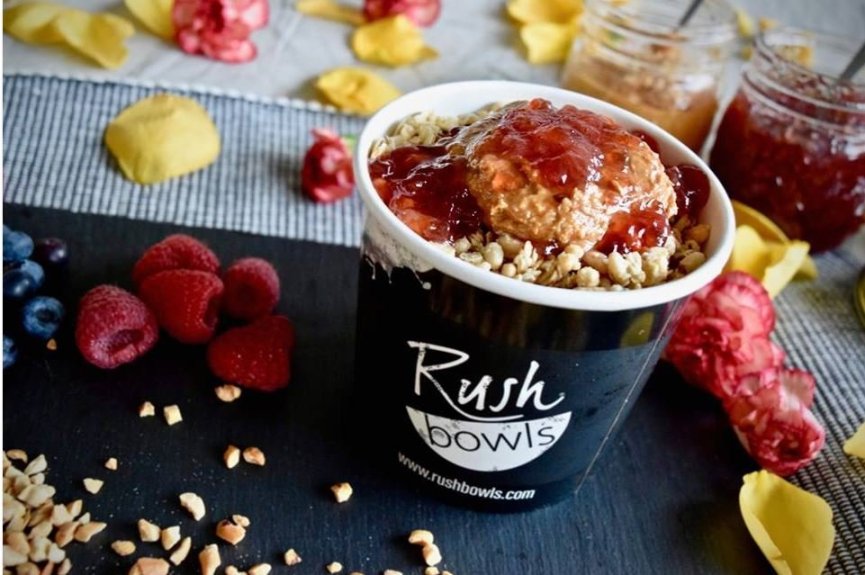

Zucchini and carrot – cut into batons, optional to sprinkle with salt then leave for 20 minutes (I often skip this), then sauté until soft.īeansprouts – steam or boil until wilted, squeeze out excess liquid then season with garlic, sesame and fish sauce OR soy sauce. Fresh also ok, but dried has more intense flavour. Shiitake mushrooms – soak in boiling water, then slice and sauté with garlic, soy and sugar. This is the part that some people find tedious but I don’t find to be a big deal at all – cooking each of the vegetables individually. Totally! Chicken, turkey or pork finally sliced or cut into thin strips, small prawns/shrimp or even fish fillets (cook whole then flake). The unique ingredient in Bulgogi is grated apple – this is a signature technique used in Korean marinades to add flavour, sweetness and tenderise! Nashi pear is also commonly used.

Some recipes even use just basic soy-garlic-sesame oil combination.īut I like each component on my Bibimbap to be tasty enough to eat on its own so I use a scaled back Bulgogi marinade. The beef seasoning is usually a slightly toned down version of Bulgogi (Korean Marinated Beef). We don’t need big flavour on the beef because the Bibimbap Sauce adds tons of flavour. Nowadays, you’ll find Bibimbap with all sorts of meat toppings but the traditional version is made with thinly sliced beef. Find it at Asian grocery stores (it’s cheap, ~$2.50, and lasts for ages), at some Woolworths stores (Australia), and here it is on Amazon Australia, US, Canada and UK. The essential ingredient in Bibimbap Sauce is Gochujang, an intense flavoured spicy miso paste that’s key to Korean cooking. You can use any vegetables and any protein (even tofu) and your bibimbap will still be SO GOOD once it’s all mixed up with the rice and this sauce! It’s probably not “normal” to start with the Bibimbap Sauce, but I am because I think it makes this dish. I’m going to walk through each of the components here, but if you’re feeling impatient, just skip ahead to the recipe! Bibimbap Sauce There’s no denying it – this recipe has more components to it than my quick ‘n easy one pot meals because all the toppings are seasoned and cooked separately.īut the simple seasonings are largely repetitive and it is a very straightforward, leisurely recipe you can start and stop as you please because it’s MEANT to be served at room temp!

<- Heads up, this sauce is so awesome, you can basically use any vegetables and any meat and your Bibimbap is going to be delish! A rice bowl topped with all sorts of seasoned sautéed vegetables, marinated meat (usually beef), a fried egg sunny side up, finished with a sprinkle of sesame and generous dollop of a sweet-spicy-savoury Bibimbap sauce. No one’s ever accused me of being unenthusiastic, that’s for sure! 😂 What’s bibimbap?īibimbap is one of the most well known Korean dishes. I’d go as far as to say that it’s my favourite Korean food – but it always concerns me when I make grand statements like that because I’m worried I’ve said that about another Korean recipe I’ve previously shared.

Mix it all up into one big delicious mess, then dig in! Bibimbap – Trust the Koreans to transform the humble rice bowl into a recipe that’s revered all around the world! With a kaleidoscope of seasoned sautéed vegetables, Korean marinated beef, and the signature fried egg, the thing that really seals the deal is the bright red, spicy Bibimbap Sauce that I can’t get enough of.


 0 kommentar(er)
0 kommentar(er)
